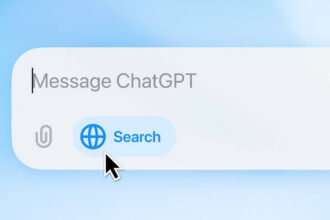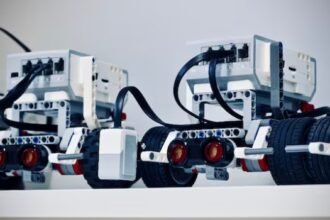About Leonardo.AI
In the competitive world of AI startups, image generation is a popular area of focus. Leonardo.Ai competes with other major players like OpenAI’s Dall-E 3, Adobe’s Firefly, as well as Midjourney, Pixlr, and Night Journey. Their common goal is to make creating images and videos as simple as typing or saying a sentence.
Founded in October 2022, Leonardo.Ai aimed to develop a generative AI platform that offers users greater control over image creation, thanks to its advanced understanding of natural language — the way people naturally speak.
The initial features of Leonardo.Ai included tools such as style reference, content reference, and character reference, designed to help the AI grasp exactly what users want. It also featured an AI canvas for editing. According to a spokesperson, “These features collectively ensure that users can work with more natural language prompts and still achieve the detailed, high-quality images they desire, giving them full creative control over the entire process.”
The platform now has 17 million registered users, with 4 to 5 million active users monthly as of May.
Focusing on prompt accuracy, the upcoming foundation model, Phoenix, is said to provide control by “adhering to prompts with extreme accuracy.” Prompt engineering, the skill of crafting precise instructions for generative AI models, can be complex across different platforms. Phoenix, Leonardo.Ai’s first in-house model, is currently in preview with a full launch planned for later this month. This model, like others, is capable of generating images based on “long and detailed prompts” with a heightened level of prompt adherence, according to the spokesperson.
Before Phoenix, Leonardo.Ai utilized open-source models based on the AI-generated art program Stable Diffusion, trained on publicly licensed images, Creative Commons images, and synthetic data.
Leonardo.Ai also offers the option to train personalized models to better suit individual creative needs. By December, 470,000 such models had been created.
In late 2023, Leonardo.Ai introduced a generative AI tool called Realtime Canvas, which allows users to paint in real time with AI assistance. Another new feature, Edit With AI, lets users edit images through prompts, while Realtime Gen generates images as users type.
Fiasson explained the approach: “It’s about making the entire process very easy and straightforward, so users feel in control rather than relying on chance.”
To get started, users select a preset model like Phoenix, enter a prompt, and click Generate to see initial images. For example, when I requested an image of a kitten, teddy bear, and unicorn at the beach, Leonardo.Ai suggested modifying the prompt with “instructive language to quickly iterate,” such as “Add a red hat” or “Make it vintage.” Users can also choose from presets like Anime, Graphic Design, and Stock Photography. The tool even proposed enhancing my query with a detailed, adjective-rich prompt.
CNET’s Katelyn Chedraoui reviewed Leonardo.Ai positively, noting that it performs well compared to competitors like Firefly and adheres to prompts better than platforms like Midjourney, though it lacks comprehensive editing tools and a standout “wow” factor.
Leonardo.Ai offers a free, limited version of the platform alongside premium plans starting at $10 per month. Premium features, including character, style, and content reference, as well as training custom models, require a paid plan.
Initially aimed at the gaming industry, Leonardo.Ai’s focus has expanded to include marketing, advertising, design, and entertainment, while also catering to the general public. The company is now developing a business-oriented offering, which will enable enterprise users to train models using their own datasets and collaborate within the platform.
In December, Leonardo.Ai secured $31 million in funding from investors such as Blackbird, Side Stage Ventures, Smash Capital, Tirta Ventures, Gaorong Capital, and Samsung Next.
Fiasson emphasized the company’s mission: “We aim to make the technology more powerful and controllable, enabling people to have greater control over the output and move from initial concepts to finished results.”
This is part of a series of brief profiles on AI startups to help you understand the AI landscape and ongoing developments. For more information on AI, visit our AI Atlas hub, which features product reviews, news, tips, and explainers.
READ ALSO: TalentGuard Upskilling and Reskilling Initiatives










